The Brutal Beauty of Concrete Buildings
 Orange County Government Center by Paul Rudolph, Goshen, New York. (All photos: Ty Cole)
Orange County Government Center by Paul Rudolph, Goshen, New York. (All photos: Ty Cole)
Brutalism is one of the more controversial architectural styles of the 20th century. Named from the French word for rough concrete, béton brut, the blocky, rugged aesthetic of buildings from the 1950s to the 1970s is revered by some, but disliked even more intensely by others.
In Britain, one of its most prominent critics is Prince Charles, who once derided the style as “piles of concrete.” London actually knocked down many of its brutalist buildings prematurely in the 1970s, but remainders like the Space House have since become iconic.
In the U.S. this year, the planned destruction of Paul Rudolph’s brutalist Orange County Government Center in Goshen, New York garnered months of outraged articles from newspapers and architecture magazines around the country. The $71 million project is moving forward anyway.
Meanwhile colleges, like the University of Massachusetts and the University of East Anglia, that adopted brutalism at the height of its fashion are frequently accused of having sterile, totalitarian-looking campuses. Brutalist municipal and apartment buildings dotted around both countries are often in danger of being demolished or inappropriately renovated.
For his “Brutalist” series, photographer Ty Cole shot many distinctive buildings in the U.S. and in London. His photographs highlight the beauty in the austere shapes and concrete. We spoke to Ty about this project, the history of brutalism, and the buildings that fascinate him most.
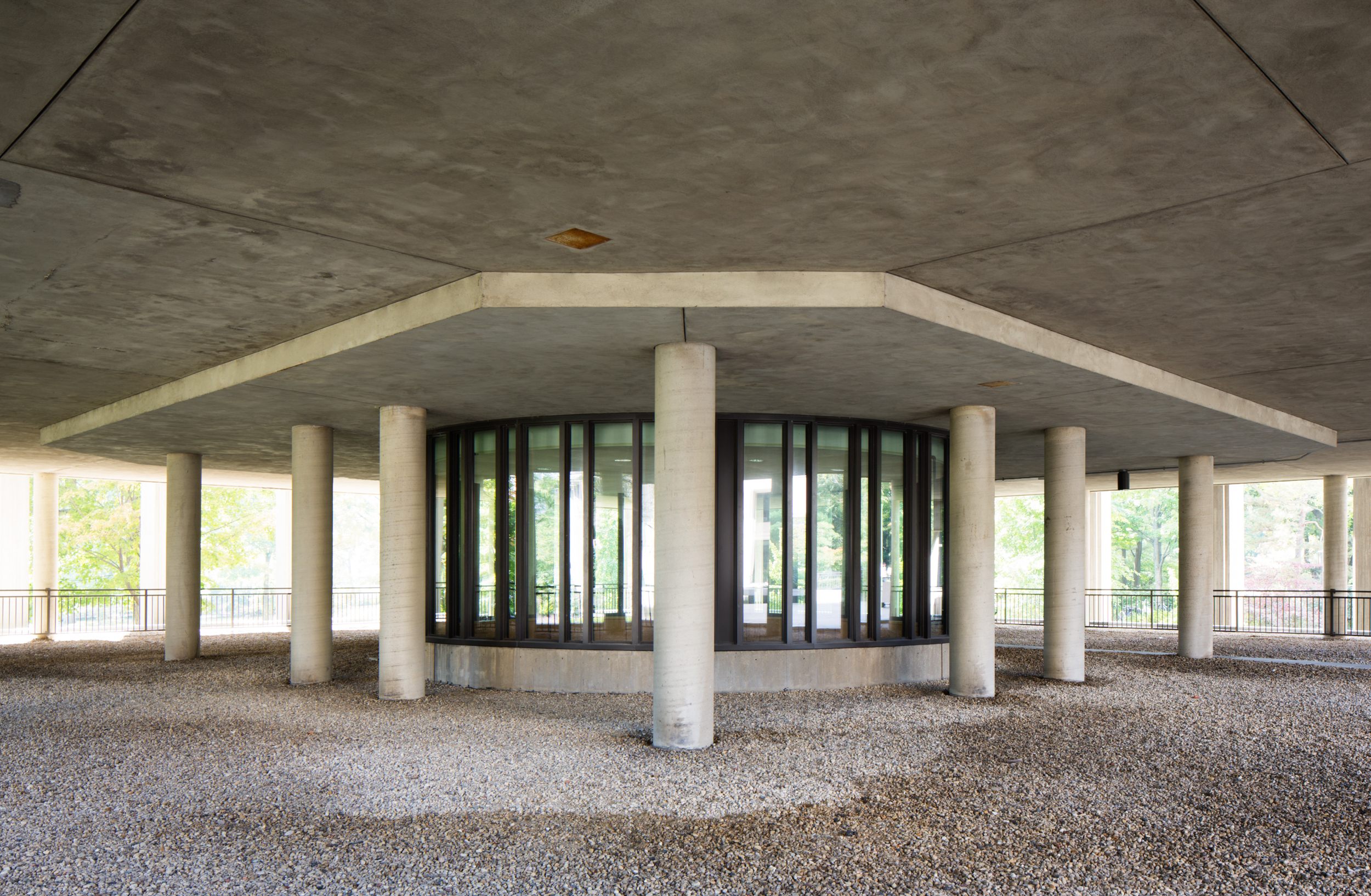 Northwestern University Library by Walter Netsch - SOM, Illinois
Northwestern University Library by Walter Netsch - SOM, Illinois
Can you tell us a little bit about the history of brutalist architecture?
First off, I am in no way an architectural historian or theorist. I come to the subject as a pure enthusiast. But I’m happy to share what I’ve learned.
The highly controversial style was most commonly expressed in buildings constructed from the mid-1950s to early 1970s. It came out of the modernist movement and the interest in stripping ornamental elements and instead relying on clean lines and ‘honest’ detailing. Although most of the modernist ideals can be applied to brutalist buildings, brutalism has no official definition, and is associated more with a feeling of the viewer than a defined list of requirements.
 Northwestern University Library
Northwestern University Library
Why did we start calling this style “brutalism”?
While most buildings with the brutalist label are concrete, that is not part of the origin of the term. The architects Alison and Peter Smithson used the term to describe their construction method of exposing the structure and not masking the interior with finishes, allowing occupants to see how the building was built and functions.
It was later, when Le Corbusier described his use of breton brut, raw concrete, that brutalism was associated with concrete. It was Le Corbusier’s aspiration that the building feel like it was created by man and not a machine, as with steel and glass–to differentiate it from the modernism exemplified by Mies van der Rohe.
 Northwestern University Library
Northwestern University Library
What is the appeal of brutalism for you?
My attraction to this style of architecture deals more with the sculptural aspect rather than the sociological, although the social aspects are very intriguing.
Brutalism is a very particular aesthetic that represents a moment in time. What does it tell us about the post-war world, where it was born?
First and foremost it was a cost-efficient building method. Thanks to the evolution of modernism, and a growing need for municipal buildings, universities and low-income housing, there was an explosion of brutalist buildings. I think it tells us that the artists, including architects, wanted to express themselves in a more humanistic way, hence Le Corbusier’s desire for architecture that felt like it was created by man.
Since concrete was inexpensive and efficient, it was often selected in this time period when many public buildings were constructed.
 UMass Darmouth by Paul Rudolph, Massachusetts
UMass Darmouth by Paul Rudolph, Massachusetts
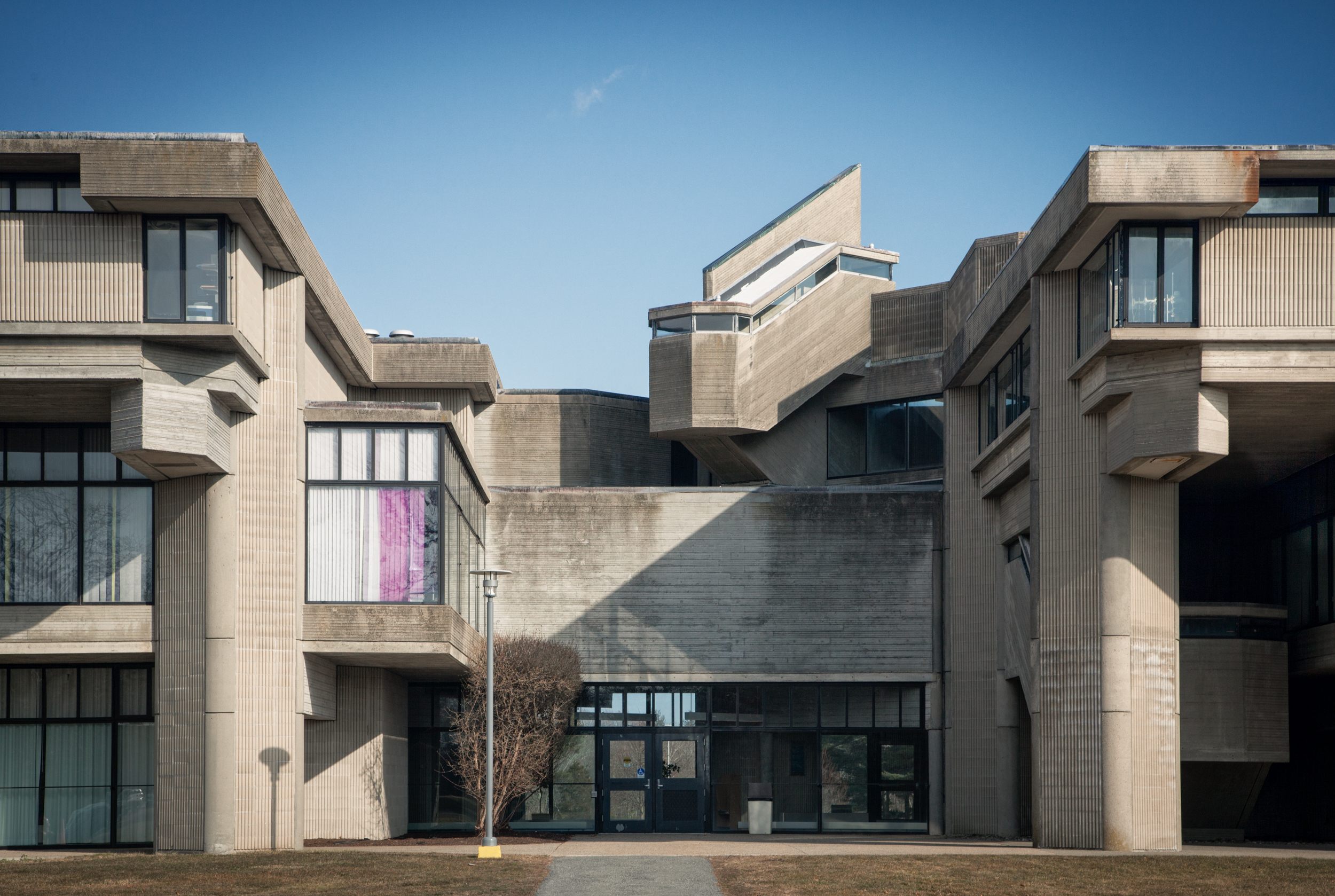 UMass Dartmouth, Massachusetts
UMass Dartmouth, Massachusetts
What prompted you to create this series?
Pure fascination with architecture in general. In 2010, when I started shooting this type of architecture, many buildings were being slated for demolition.
I love looking at these buildings! But full disclosure: if I had to work or live in a brutalist building I could very easily change my tune.
What’s your approach when shooting a large-scale brutalist building, and does it differ from when you’re shooting traditional architecture?
My approach doesn’t differ much. The majority of images you see of brutalist architecture are shot during overcast skies and in flat light, only enhancing the building’s potentiality for “doom and gloom.” I don’t see it that way. I see beauty in the forms of these buildings and that is what I try to accentuate. I try and only to shoot with direct sun and clear skies. When the building has contrast and the forms are more pronounced the architect’s intention is better understood.
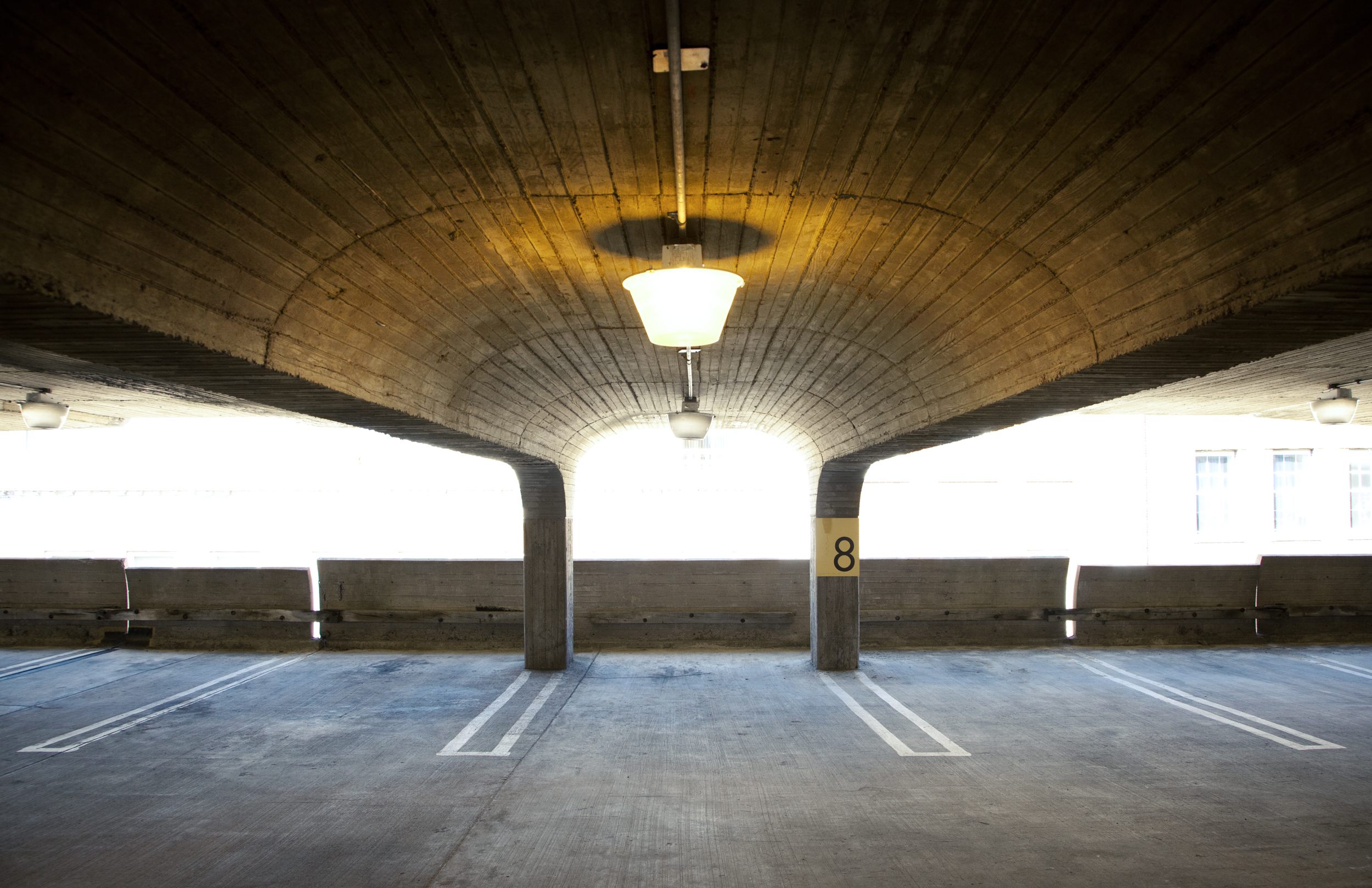 Temple Street Parking Garage by Paul Rudolph, Connecticut
Temple Street Parking Garage by Paul Rudolph, Connecticut
Which building was the most challenging to shoot?
The most difficult buildings are ones that are less visually stimulating, like Silver Towers or Kips Bay. Coincidentally both of those buildings are by I.M. Pei. It’s not that I like them less; they just have a little less personality than say, Paul Rudolph’s Orange County Government Center.
 Kips Bay by I.M Pei, New York
Kips Bay by I.M Pei, New York
Which building was the most fun to shoot?
This is a very hard question to answer. The Orange County Government Center is my most notable brutalist photograph and possibly my personal favorite. However, I was recently in London to shoot for this series, which will be released in the upcoming months, and they have some of the best examples of brutalist architecture. Balfron Tower, and its surrounding buildings, and Rowley Way are just magnificent.
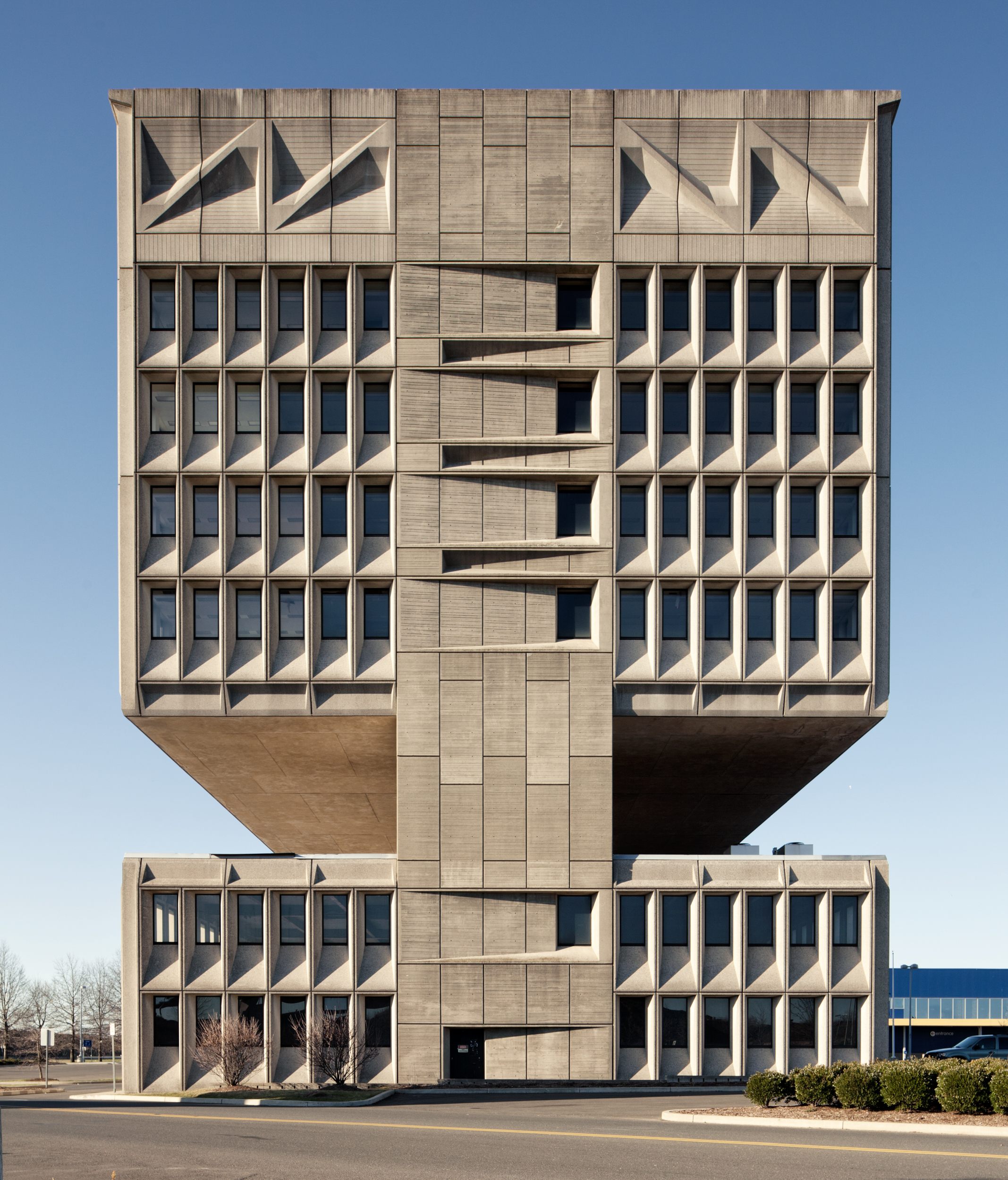 Pirelli Building by Marcel Breuer, Connecticut
Pirelli Building by Marcel Breuer, Connecticut
Is there a building you would love to shoot but haven’t yet?
There are so many! But I must say that there are two Corbusier projects in France that I really look forward to visiting: Saint Marie De La Tourette Monastery in Lyon, and Unite d’Habitation in Marseille. My goal would be to work my way east and visit eastern European sites all the way over to Japan, where there are some amazing buildings.
 Yale School of Engineering and Applied Science by Marcel Breuer, Connecticut
Yale School of Engineering and Applied Science by Marcel Breuer, Connecticut
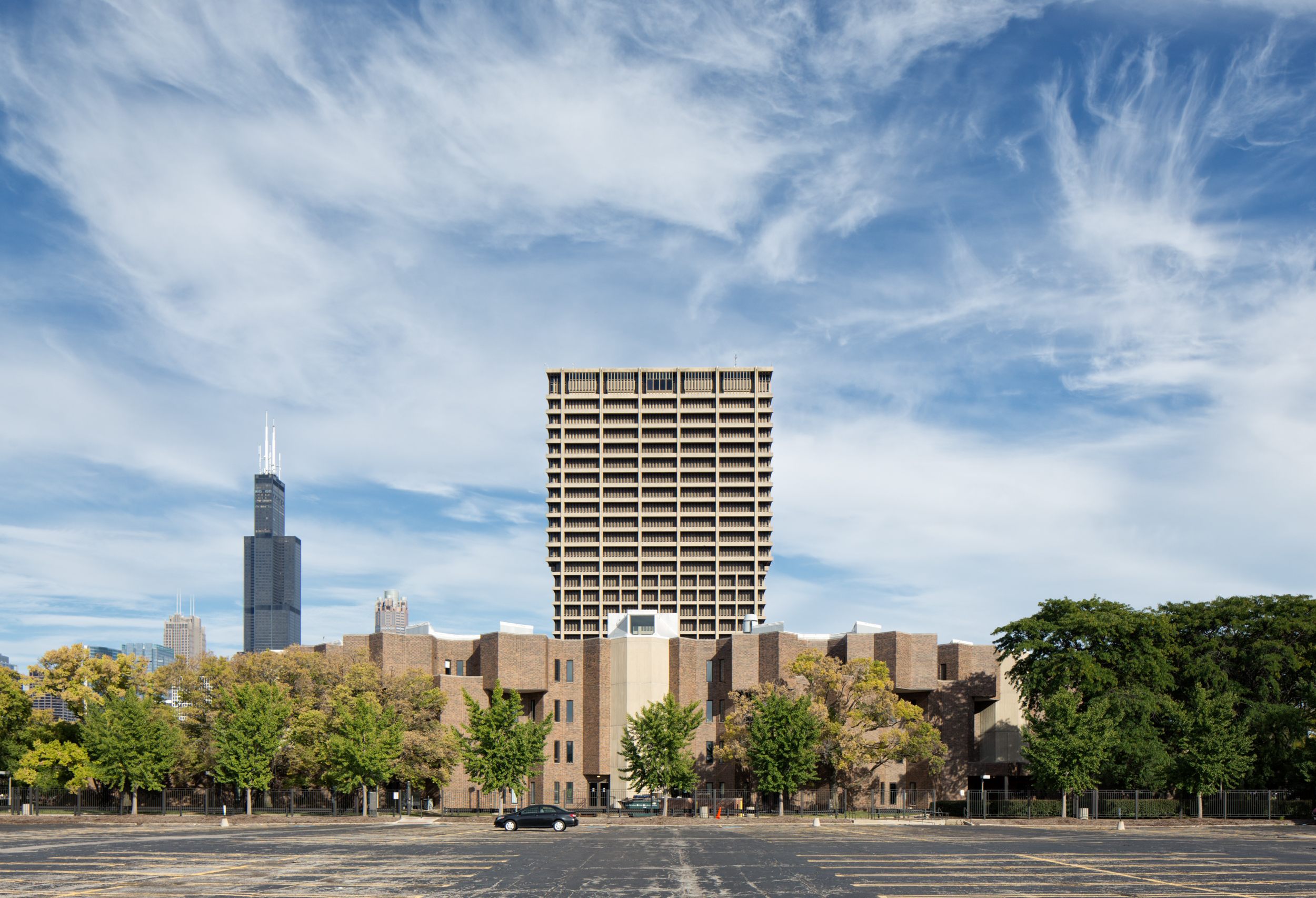 University of Illinois by Walter Netsch - SOM
University of Illinois by Walter Netsch - SOM
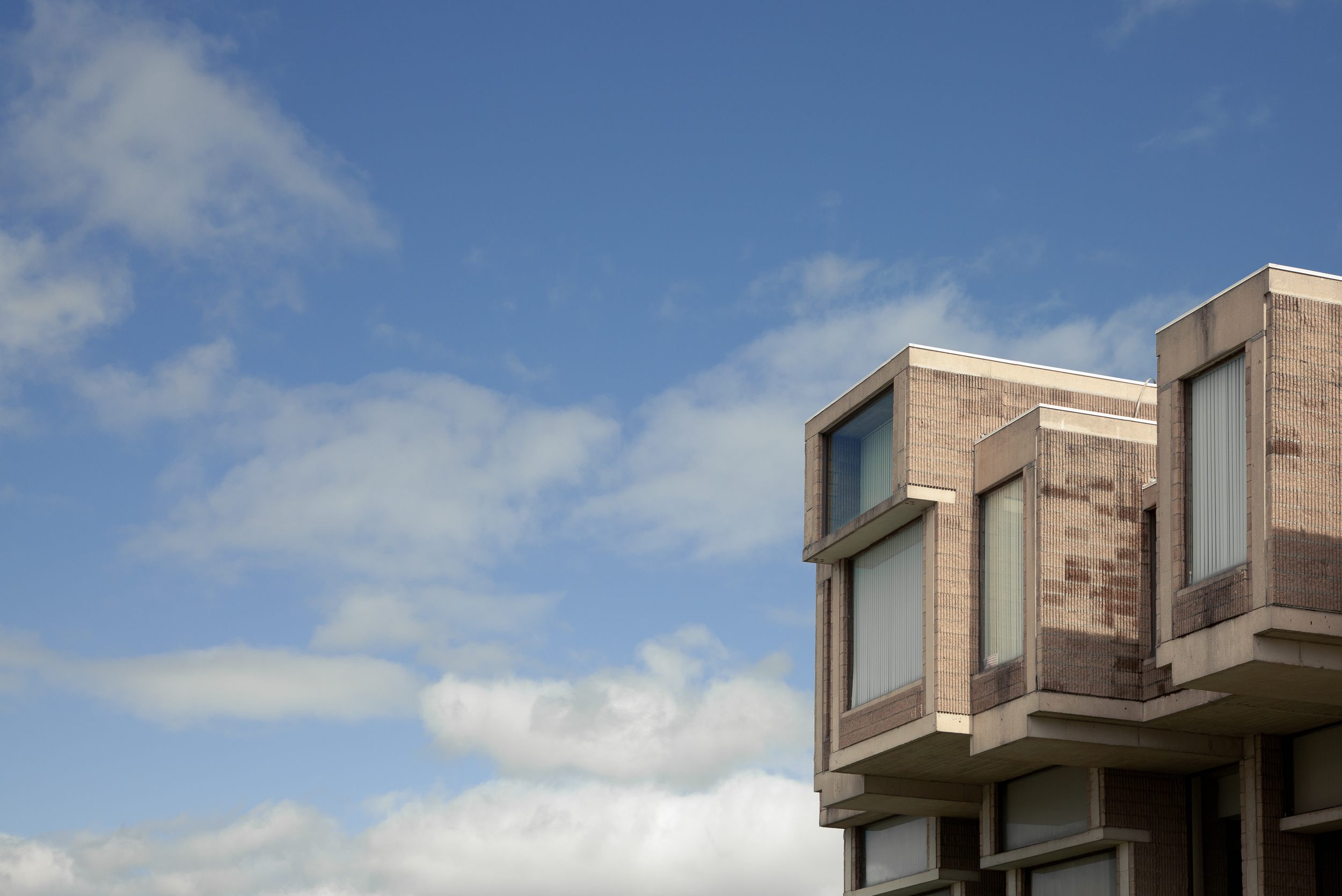 Orange County Government Center, Goshen, New York
Orange County Government Center, Goshen, New York




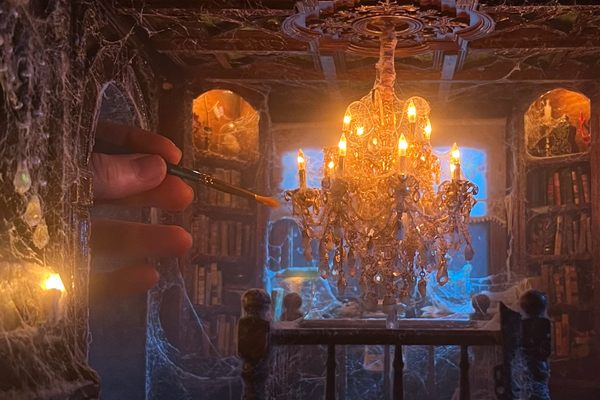



























Follow us on Twitter to get the latest on the world's hidden wonders.
Like us on Facebook to get the latest on the world's hidden wonders.
Follow us on Twitter Like us on Facebook